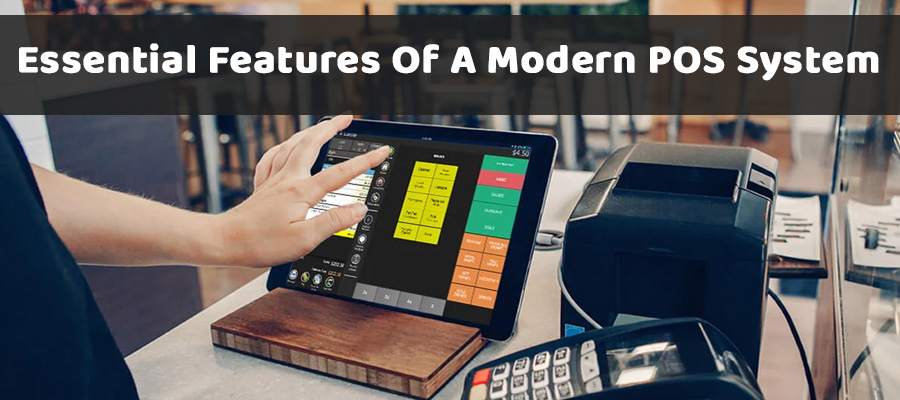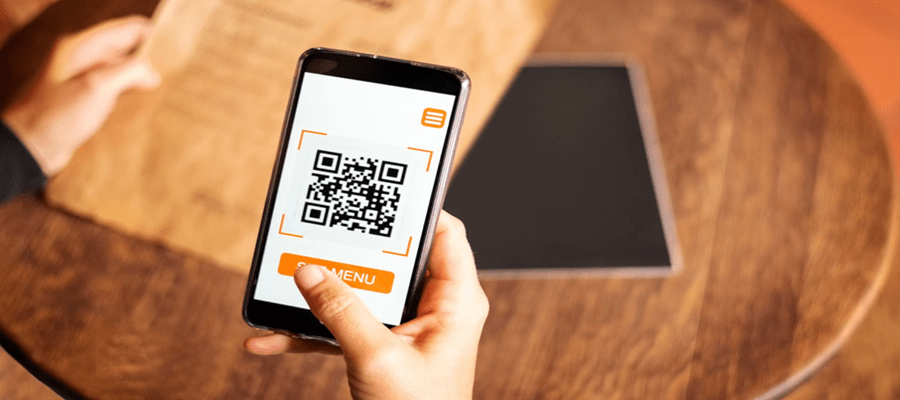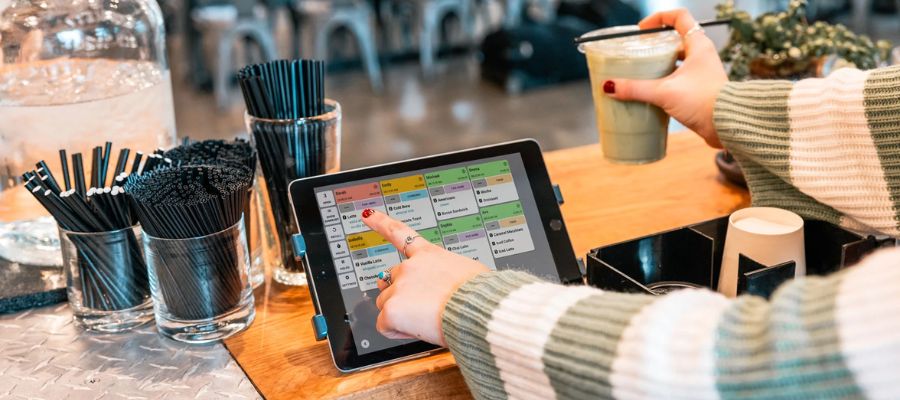
Essential Features Of A Modern POS System
POS operating system is an essential tool in every modern retail and restaurant, it should be noted that it is more than just the means of sales. Modern POS are effective instruments that enables to monitor the stock, sales, and customers’ relations, as well as optimize the organizational processes. Here I want to describe the most significant characteristics of the modern POS systems and their advantages as well as the factors that may help to define the effectiveness of using such systems.
POS Features and Benefits
1. Sales Processing
Thus, the most basic purpose of any POS system is determined by several aspects, with the predominant one being the ability to transact efficiently. Today, there are a number of options where payment can be done and these consist of; Credit / debit cards, mobile money, and cash so as to have a smooth process.
2. Inventory Management
A comprehensive inventory control function maintains live records of stock and can notify the users when the stock of an item is low and can even place an order for the same. This in turn helps to manage the stock levels in organizations and hence restrains the occurrence of stock outs and over stocking.
3. Customer Relationship Management (CRM)
The integration of CRM capabilities facilitates the monitoring of customers’ buying habits, likes, and details such as phone number. The information derived from this data can be applied in the aspects of marketing, customer support, and in developing loyalty schemes.
4. Reporting and Analytics
Complex reporting and analysis let determine the tendencies in sales activity, employees, and customers. These enable decisions to be made on the business as well as discover areas that need to be enhanced.
5. Employee Management
Included in the package is working hours of employees, sales, and schedules for employees. This makes it easier to manage the workforce thus aiding in the assessment of productivity among the employees.
6. Multi-Location Management
In addition, multilocation businesses should be able to have centralized control over inventory, sale records, and employees’ management for all branches through a POS system.
7. Integration Capabilities
Most new POS systems feature can easily interface with other organizational applications such as the accountancy software, online business store solutions, and marketing ones. About it, one can say that this eliminates disparities between the business operations for different organizational units.
POS System Features List
-
Sales Processing: The opportunities are the following: Fast and secure transactions.
-
Inventory Management: Moving average formula, stock alert, auto stock restocking.
-
CRM: Customer databases, customer loyalty.
-
Reporting and Analytics: Daily, weekly, monthly and yearly sales report, sales report analysis, benchmarks.
-
Employee Management: Specific uses of the calendar include; time tracking, assessment of performance, and scheduling.
-
Multi-Location Management: One plan that may be employed is the case where the organization has several stores and a central control.
-
Integration: That third party softwares can also easily integrate with it.
Restaurant POS System Features
1. Table Management
Solutions that are used by restaurants such as the POS systems include table management that enable the management to view the status of tables, reservations, and seating plans.
2. Order Management
Advanced modules for order management mean that orders can be taken directly from the table with the help of mobile devices, as well as submit orders, and monitor their status in the kitchen.
3. Menu Management
The feature of menus enabling the current and swift changes of menu items, their prices, and specials. This is important in the view of the availability and price change that affect the product distribution and sales.
4. Split Billing
Split billing functionality enables one to divide the bill and charge different individuals as a way of easing chores for group and parties.
5. Kitchen Display System (KDS)
A KDS connects with the POS to help display orders, thus eliminating possibilities of wrong orders and at the same time shortening the time taken to complete the order.
6. Customer Feedback
Customer feedback obtained through the POS system assists in increasing service quality and satisfaction levels especially among the customers.
Listing of the Modern POS Systems
1. Square POS
Square POS is very easy to use and has a number of features such as, sales, inventory, and CRM. Taking into consideration the presented information it can be stated that the discussed technology is perfect for small to medium sized companies.
2. Toast POS
Toast POS is a restaurant solution that provides detailed functionality such as table and orders management, menu changes, and compatibility with KDS.
3. Shopify POS
This owing to the fact that it is an ideal point of sale system for any retail shop with features such as e-commerce store integration, inventory tracking and powerful reporting.
Specific features referenced to point of sale system as implemented in a hotel must possess the following characteristics.
-
Reliable Sales Processing: Guarantees that all the financial operations are safe and fast.
-
Comprehensive Inventory Management: Remembers stock quantities in real-time and the necessary items are automatically restocked.
-
Customer Data and Engagement: Used for storing customers’ details for marketing purposes with their consent.
-
Detailed Reporting: Provides information on the sales and business execution and performance.
-
Employee Management Tools: Registers working hours
Evaluation criteria of POS systems
1. Usability
Features incorporated in the POS system should actually be easy to use by the employees and the managers. Easier control results in less time spent on training users on how to operate the interface as well as limiting on the number of mistakes likely to be made by users.
2. Scalability
Select a POS system that is scalable to accommodate additional outlets/a branch and higher square numbers.
3. Customization
There has to be an option to cater to different needs that various businesses may have, for instance, type of reports needed or stocks that need to be managed differently.
4. Support and Training
Customer support from the clients and training of the system must be enforced to guarantee that any complications encountered will be addressed as soon as possible.
5. Cost
There is a direct cost of users that is payable and there are also hidden costs due to the integration of the particular SaaS with many applications such as hardware, etc.
Retail POS Systems depending on the Category
1. Cloud-Based POS
Web POS is another popular type of POS that store data in the internet and are easily upgradable anywhere at any time. Circuits of this type are usually simple to install and do not demand much equipment.
2. Mobile POS
Mobile point of sale are processed through a tablet or a smart phone which provides convenience and mobility if the business is location in different places or is mobile.
3. Terminal POS
The traditional terminal POS systems are characterized by equipment fixed terminals and are appropriate in the large-volume retail shops. It provides strong characteristics but may still entail greater demand for budget on hardware.
4. Self-Service Kiosks
It means that those customers who prefer to order products themselves or pay without help can do it at the kiosk, so workers have less to do.
Workflow Approvals for POS Terminals
1. Vendor Selection
Select the POS vendor that has been in the market for a long time and has been rated by other users. Measure the main characteristics, support services, and plans of the options.
2. Hardware and Software Testing
Examine the out forward end of POS hardware and software against your desired needs and compatibility with the current system you are using.
3. Compliance and Security
As for the information a POS system stores, make it in compliance with the standard and requirements, if it is a PCI-DSS for payments security. There are features that one should look for in a site such as usage of encrypted connections and secure logins.


